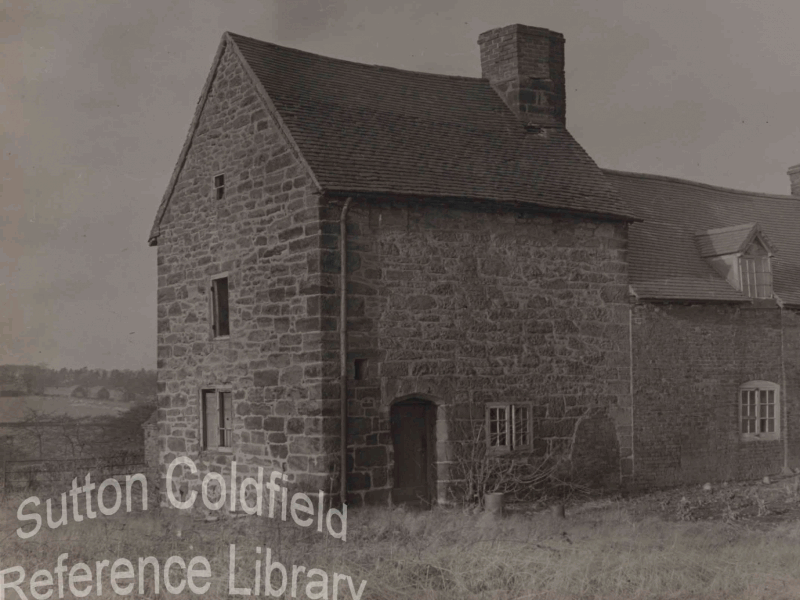In the fifteenth century most of the houses and cottages in the Sutton area were timber-framed buildings with thatched roofs; perhaps there were a few houses built of cob, known locally as mud houses, but bricks were unheard of. Many of the timber buildings had stone footings, but the only buildings constructed in stone were castles and churches. So when Bishop Vesey returned to his native Sutton Coldfield in the 1520s with an ambitious building programme, why did he not follow the local tradition and use timber-framed structures?
He chose brick for his first building project, following the fashion set by his patron the King at Nonesuch Palace and his friend Cardinal Wolsey at Hampton Court. This was a show house to demonstrate his high rank, a new Moor Hall to replace the old timber-framed one. However, he had often resided in stone buildings, notably Ludlow Castle and the Bishop’s palace at Exeter. The sandstone used for buildings in Exeter is exactly the same geologically as the sandstone quarried in Sutton Coldfield and used for the church and other buildings here.
Bishop Vesey is said to have built fifty-one stone houses in Sutton, one surviving example being High Heath Cottage, shown in the accompanying photograph taken in 1940. Though varying in size, the houses are all of one type. The corner stones or quoins are properly squared stones, and the stones of the door and window openings are also well finished. The walls are of roughly-finished stones in fairly even courses. The only original window at High Heath Cottage is the small one to the left of the door, and this gives light to another feature of these houses, the spiral stone staircase built into the corner.
High Heath Cottage originally had a single room on the ground floor with only one narrow window, and single rooms of the same dimensions, approximately twenty-one square metres, on the first and second floors. Apart from the staircase, the other innovation for a house of this size was the chimney - upper floors in most houses at the time were impractical because smoke from the fire in the centre of the hall was vented through louvres in the thatch. The Vesey houses all had tiled roofs.
Stone may have been the material of choice, but it was also more practical for a quick large-scale housing scheme. Timber framing took a long time to produce, every piece having to be cut by hand from the tree, a laborious business, so building with the roughly-squared and rubble stone was the cheapest and quickest way of constructing the walls - plenty of timber was still needed for the roof, floors and internal walls. The dressed stone used for the quoins and doorframes took time and skill, but its use was kept to the minimum. The high quality of the stone buildings shows that Bishop Vesey employed skilled masons, no doubt some local men but also probably a master craftsman from Exeter.
Several of the stone houses survive, but none have escaped modification over the centuries, some of them are clad in ivy or hidden behind high hedges, so an old black-and white photo has been used to show the external features of a typical house.
